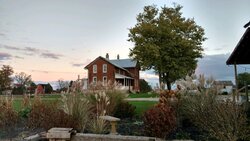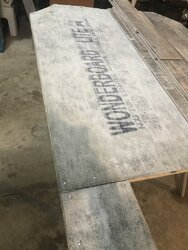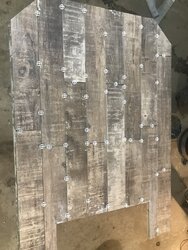



Good afternoon! Longtime observer first time poster here. I am in the process of a total renovation on a farmhouse built in 1875. The walls are double brick with a two inch air gap between each wall. I will be framing in all new walls on the interior leaving another one inch air gap between the studs and the interior brick. These walls will all be insulated. The house is two stories in the shape of a T with a central staircase. I have two chimneys that are masonry from basement to the roof. Both are in good structural shape and centrally located at each end of the house. The house not including the basement is 3,000sqft.
Now for a few pointers I guess. I will be installing my Sequoia in the next few weeks (I’ve had it since September but we do not live in it so heat is purely for working). The inside of chimney just barely isn’t large enough for the 8” liner with the insulation. I have it cleared by Kuma to use an oval liner. This will be a full 25’ length to get down to the first floor. There I will have to put a new hole to run a black double wall masonry adapter from Rockford chimney supply. From there I will need some length of pipe to get to the 90 which will then run down 4’ to a damper and then stove. I have talked with Rockford but they were not the most help.
My question is how should I figure out that small length of pipe between the masonry adapter and the 90? Do I need to insulate around the adapter even though it passes through a full masonry chimney?
Here’s the stove, house, and my hearth pad I’m building.
Last edited by a moderator:

